10 Wildflowers That Grow in Wyoming: Identification Guide (With Pictures)
-
Pete Ortiz
- Last updated:
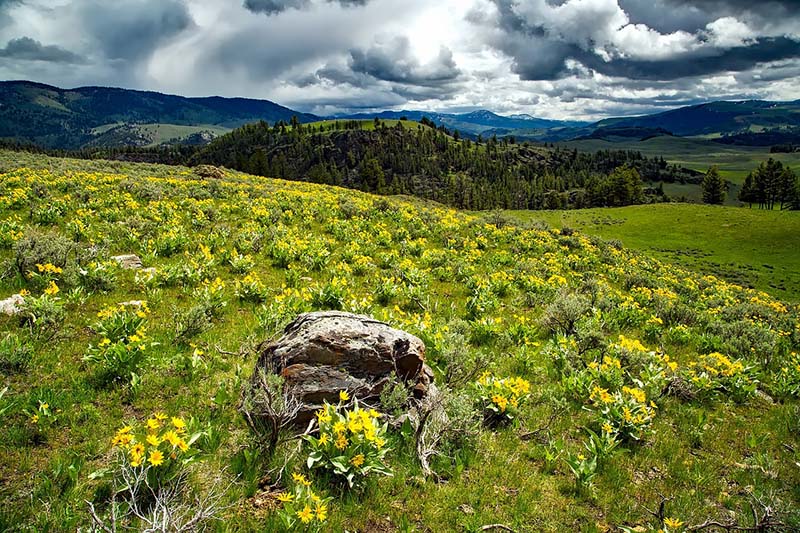
Wildflowers are a great addition to home gardens. They come in various colors that give the garden a splash of brightness, especially during spring and summer. Most flowers are native to specific areas and are rarely found in other places.
They are typically found growing in places without a lot of human intervention, such as forests, mountains, and prairies, and are a sign of a healthy ecosystem. Wyoming, in particular, has a wide variety of wildflowers that are native there.
Let’s take a look at some of the spectacular flowers that are native to this region and some of their set conditions.
The 10 Wildflowers That Grow in Wyoming
1. Orange Agoseris (Agoseris aurantiaca)

| Color: | Orange, pink, white |
| Height: | 1–3 feet |
| Blooming period: | June–August |
The Orange agoseris is one of the most colorful wildflowers in the aster family and has a leafless stalk that can reach 1–3 feet tall. It has orange flowers at the top of the stalk and is the only Agoseris flower with orange flowers.
Sometimes the bloom might be white or pink depending on the type of soil and time of year. It mostly grows in moist soil and under full sun.
2. Columbian Monkshood (Aconitum columbianum)
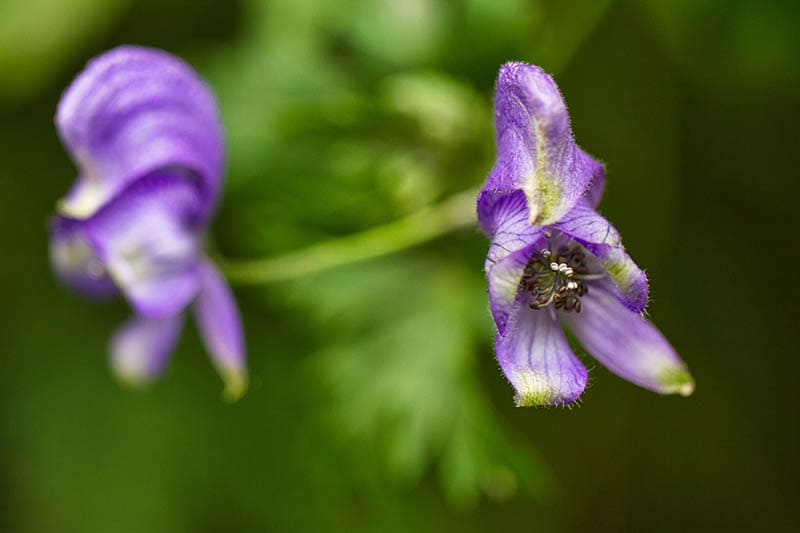
| Color: | Blue, violet |
| Height: | 4–6 feet |
| Blooming period: | July & August |
Columbian monkshood is a tall vine plant in the buttercup family that blooms between July and August. The flowers are bilaterally symmetrical, and this plant grows near moist woods, wet thickets, and streams since they like moist, rich soil.
These flowers attract pollinators, including bumblebees, hummingbirds, and hawk moths. They also prefer shady conditions and don’t do well under full sun exposure.
3. Baneberry (Actaea rubra)
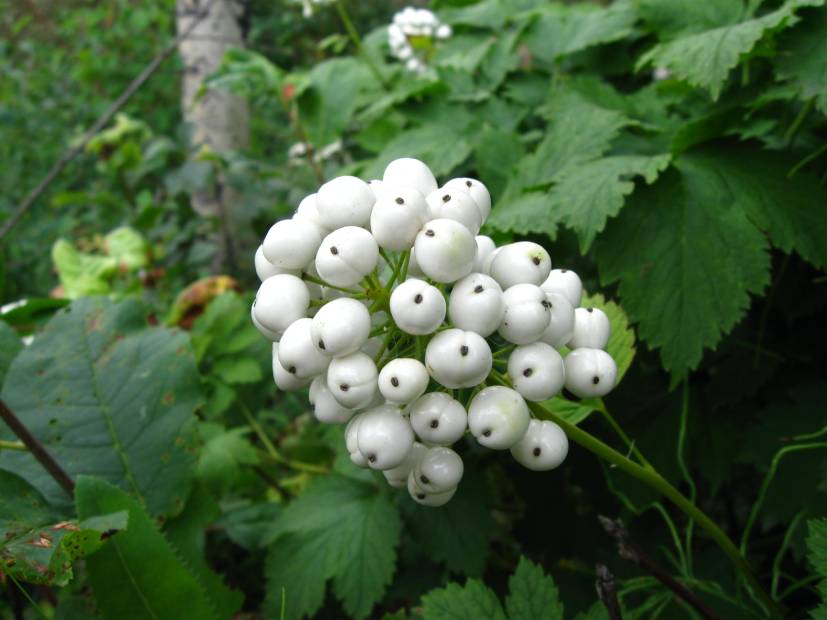
| Color: | White |
| Height: | 1–3 feet |
| Blooming period: | April–June |
Baneberry, also referred to as a red berry, is part of the buttercup family and is a bushy plant that can grow up to 3 feet. The red berries found on the top are attractive but poisonous if ingested, making it a hazardous plant to grow in your home garden, especially if you have young kids or pets.
These flowers bloom from April to June, and the flowers appear at the top of the stems above the foliage. They love moist, well-drained, acidic soils and can grow in prairies and on river banks.
4. Pale Agoseris (Agoseris glauca)
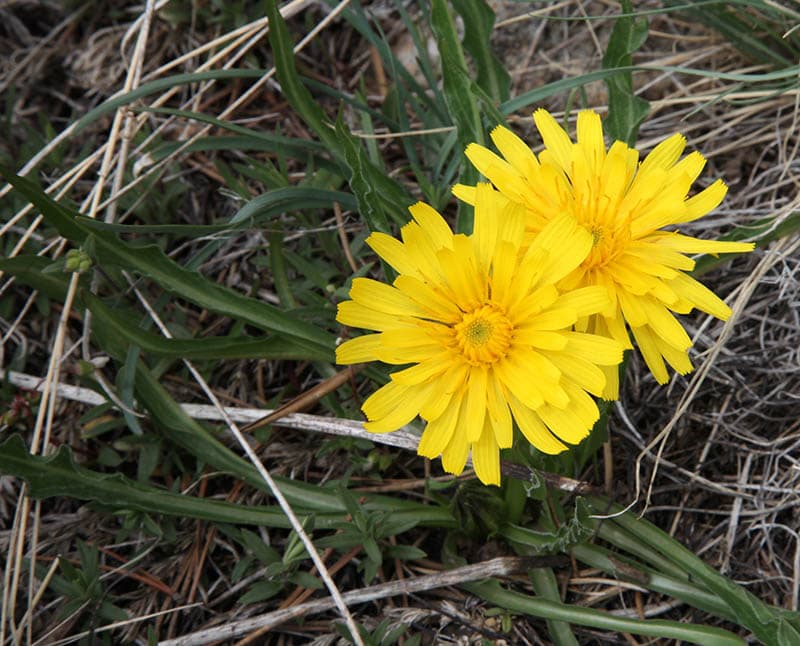
| Color: | Yellow |
| Height: | 2–3 feet |
| Blooming period: | May–September |
The pale agoseris is also known as the pale mountain dandelion or the false dandelion. Although it looks like a dandelion flower, it’s from the aster family. It has a yellow flower head with small petals that blooms above the stalks from May to September.
The pale agoseris likes sun and medium water and is often found growing in forests and along river banks. However, it can adjust to different growing climates and soil conditions.
5. Northern Water-Plantain (Alisma triviale)
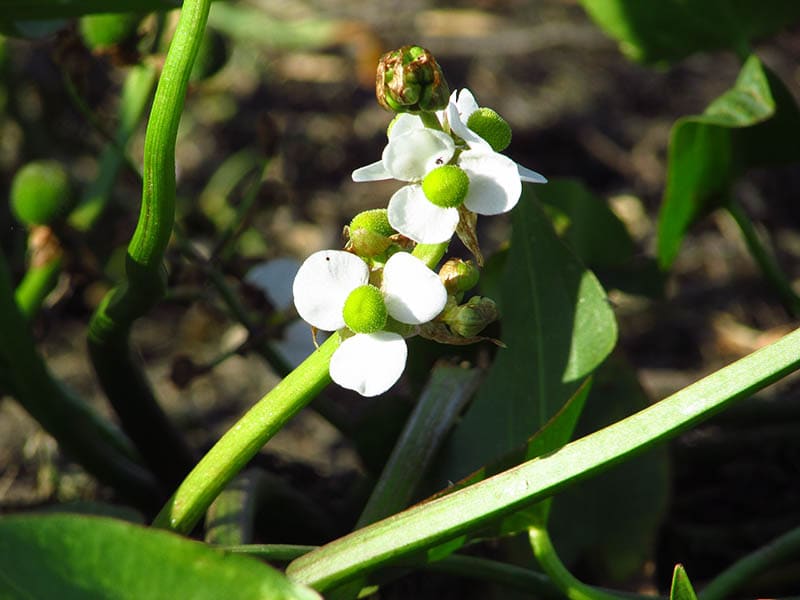
| Color: | White |
| Height: | 1–3 feet |
| Blooming period: | All year round |
The northern water-plantain grows mostly in swamps, muddy banks, wet sand, and other areas where the soil is saturated with water. Its white flowers can bloom all year round so long as all the conditions are met. They grow in sunny to shaded areas and are beneficial to the ecosystem. These flowers do well in water gardens and landscapes with a lot of water fixtures, such as ponds and fountains.
6. Nodding Onion (Allium cernuum)
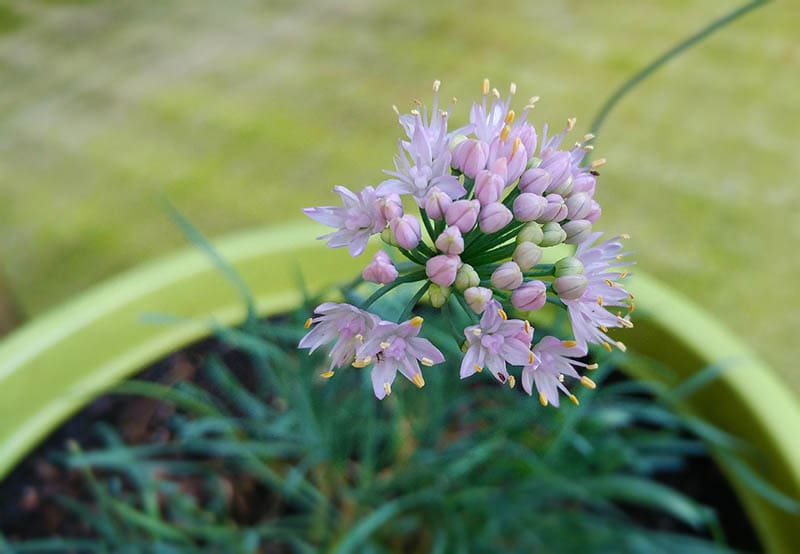
| Color: | White, pink |
| Height: | 1–2 feet |
| Blooming period: | June–August |
There are several wild native onions that are native to the state of Wyoming. The nodding onion is part of the lily family, and its leaves are soft and resemble grass. Flowers come from the bulb during the blooming period and often rise above the stalk. These flowers like the humus-rich, alkaline, moist sun and do well under full sun. They also attract butterflies, hummingbirds, and other pollinators to your garden.
7. Utah Serviceberry (Amelanchier utahensis)
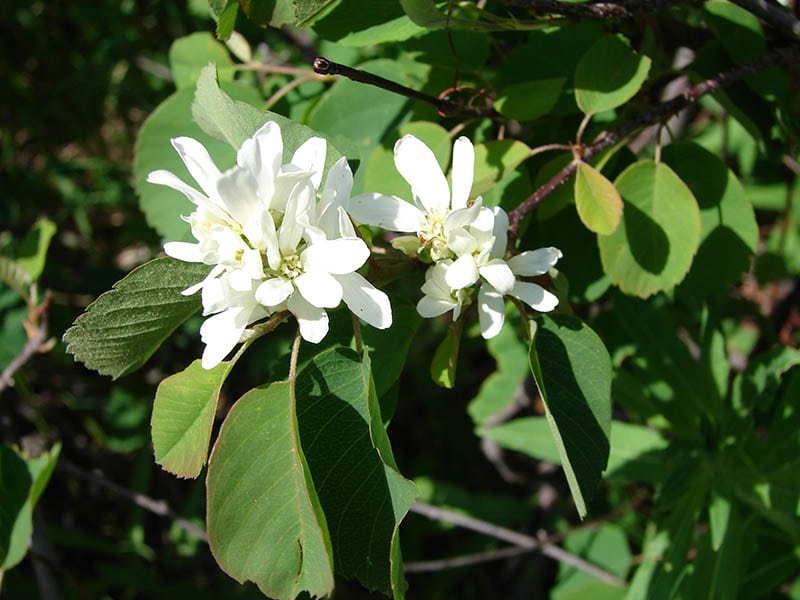
| Color: | White, pink |
| Height: | 3–15 feet |
| Blooming period: | April–June |
The Utah serviceberry is a small tree/shrub that has oval leaves. It can grow from 3–15 feet depending on the specific variety and the growth conditions. The flowers can be white or a pale shade of pink, and it also has dark purple fruits before they bloom. This plant grows well in dry, well-drained soils and part shade. The bright bloom and nectar attract pollinators.
8. Red Windflower (Anemone multifida)
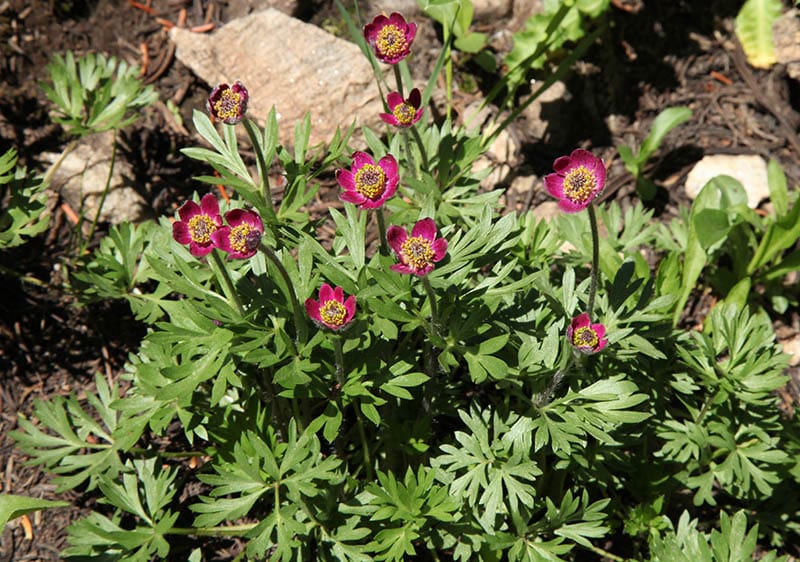
| Color: | Yellow, white, purple, red |
| Height: | 6–20 inches |
| Blooming period: | May–September |
The red windflower is also known as the cut-leaf anemone or early thimbleweed. Its stem can grow from 6–20 inches tall and the flowers grow at the top of the silky stems and are usually yellow or white on the inside and purple on the outside. They like moist soil and can be found growing on the banks of streams, forests, and prairies.
9. Pearly Pussytoes (Antennaria anaphaloides)
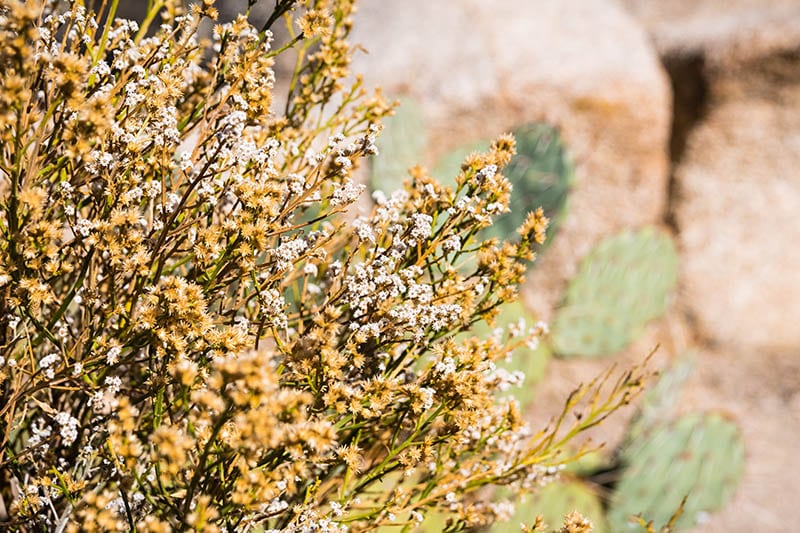
| Color: | Yellow, white |
| Height: | 18 inches |
| Blooming period: | June–August |
Pearly pussytoes are native to Wyoming and are in the same family as the low pussytoes, little leaf pussytoes, and rosy pussytoes. It is also referred to as the tall pussytoes or handsome pussytoes, depending on the shape of the flowers. The flower petals often resemble the paws of a cat.
Its flowers bloom from June to August and are usually white and yellow. The pearly pussytoes love moist and alkaline soils and can be found growing on mountains and forest floors.
10. Crested Prickly Poppy (Argemone polyanthemos)
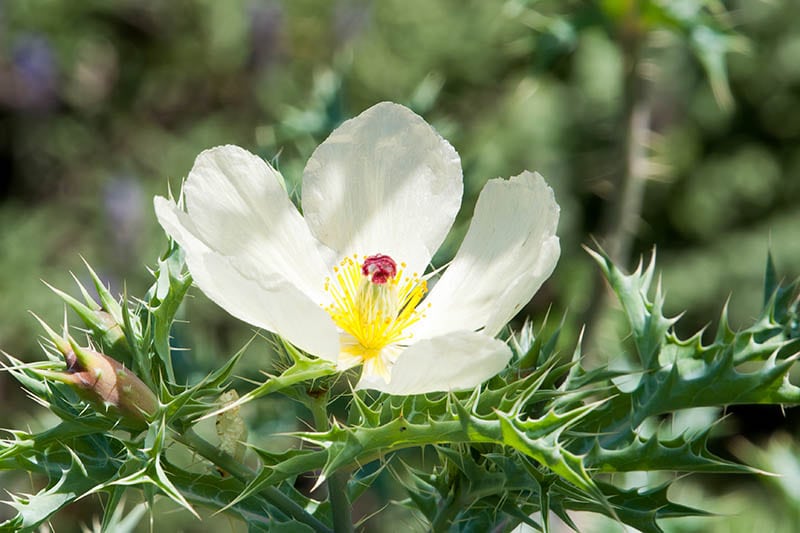
| Color: | White with yellow centers |
| Height: | 1–3 feet |
| Blooming period: | April–October |
The crested prickly poppy is in the poppy family and has several names, including the bluestem prickle poppy, thistle poppy, white prickly poppy, and annual prickle poppy. It’s a pale blue-green leafy plant with white flowers that have a yellow center. The flowers can be quite big, measuring 5 inches across.
It can be found in places with shallow, dry, alkaline soils, such as mountaintops and dry prairies. They also thrive in the direct sun.
Conclusion
Wyoming has a fairly harsh climate, and native plants and flowers should be your top choice since they require less maintenance. They have already adapted to the climate and conditions of the state and are less likely to die under your care.
That said, you might need to do your research to ensure you select the best wildflowers, depending on your needs. You can also consult with a professional who has experience working with various varieties of wildflowers within Wyoming.
Featured Image Credit: David Mark, Pixabay
Contents


